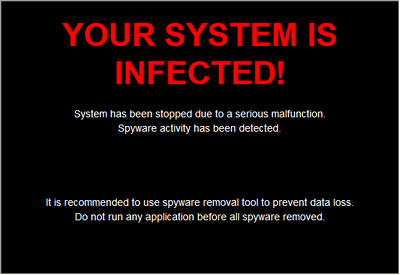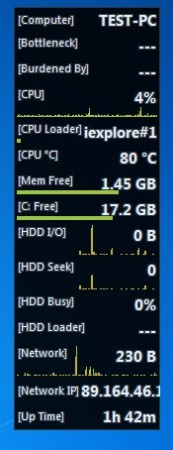
- #SYSTEM MONITOR II INFECTED HOW TO#
- #SYSTEM MONITOR II INFECTED UPDATE#
- #SYSTEM MONITOR II INFECTED SERIES#
There's also uncertainty around how long immunity from vaccination and previous infection lasts. COVID-19 will continue to spread at different levels in our communities, and outbreaks will still occur.

local public health authorities may re-instate COVID-19 restrictions and recommendations if the situation changes.pay attention to public health alerts and signals in your area.stay up to date with your COVID-19 vaccinations.For this reason, you'll need to make your own decisions about which personal measures to take to reduce your risks.

This includes easing of public health requirements. Governments and public health authorities across Canada continue to adjust their public health advice based on their local situations. It's most effective to use several measures at once, which is called layering. These measures are also sometimes called personal preventive practices. Individual public health measures are effective actions you can use every day to help reduce the spread of COVID-19.
#SYSTEM MONITOR II INFECTED SERIES#
It's important to receive a primary series and a booster dose (or doses) when eligible for the best protection against COVID-19.
#SYSTEM MONITOR II INFECTED HOW TO#

If we become aware of a potential food safety risk, we'll take appropriate actions to ensure the safety of Canada's food supply. Individual measures such as hand hygiene can help to reduce the risk of foodborne illnesses.
#SYSTEM MONITOR II INFECTED UPDATE#
We'll continue to update Canadian food safety practices based on the most relevant and recent scientific findings. Scientists and food safety authorities around the world are also working closely to share information on COVID-19 and its relation to food safety. We're continually working to examine new scientific evidence between food safety and COVID-19. There's currently no evidence to suggest that food is a likely source of COVID-19, as there are no reported instances.

These respiratory droplets and aerosols are created when an infected person:ĬOVID-19 can also spread by touching something that has the virus on it, then touching your mouth, nose or eyes with unwashed hands. smaller droplets, sometimes called aerosols, that linger in the air, especially in indoor spaces.large droplets that fall to the ground rapidly (within seconds or minutes) near the infected person.Clean and disinfect surfaces and objectsĬOVID-19 spreads from an infected person to others through respiratory droplets and aerosols that can vary in size, such as:.Practise respiratory etiquette and hand hygiene.


 0 kommentar(er)
0 kommentar(er)
